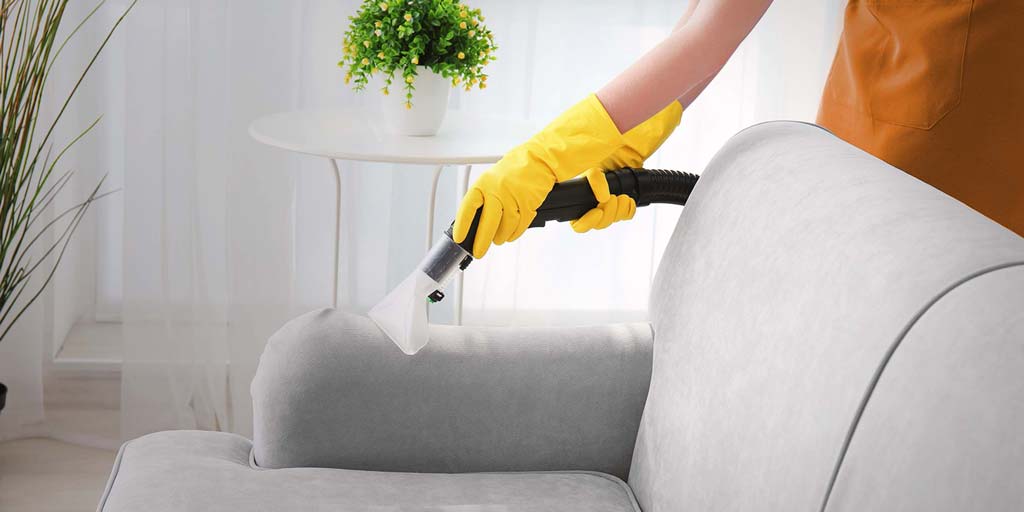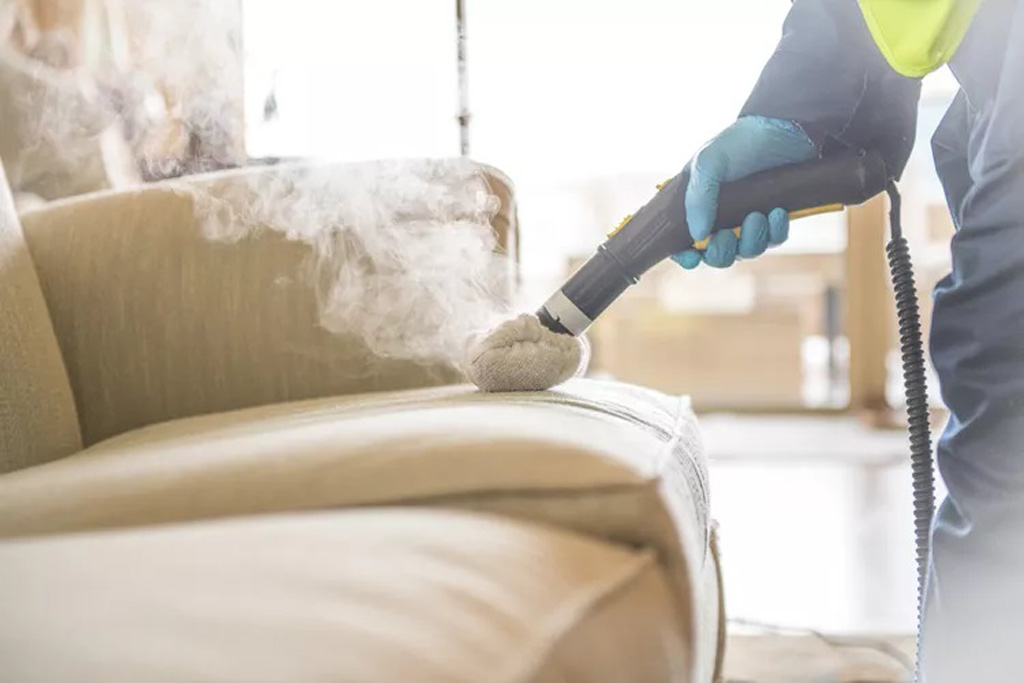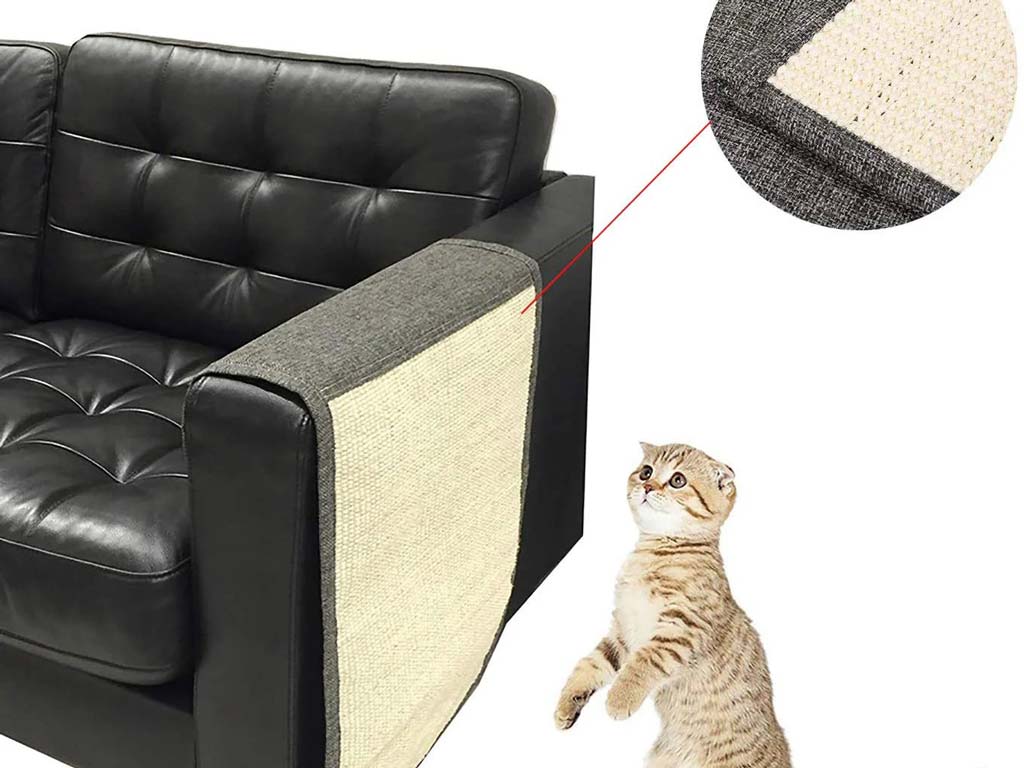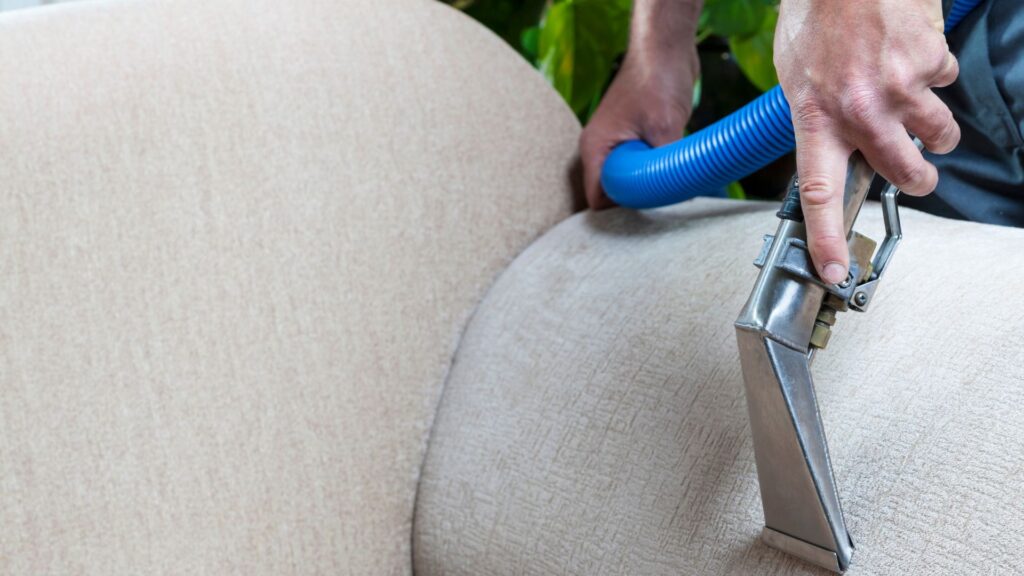Proper furniture maintenance is the key to preserving your pieces for years to come, regardless of your home’s climate or lifestyle.
Furniture is an essential part of every home, offering comfort and enhancing decor. Given its price and the effort it takes to choose, proper furniture care is crucial for preserving its appearance and longevity. While the approach to furniture maintenance can vary depending on the climate and lifestyle, this guide covers universal tips for cleaning, protecting, and caring for your furniture to keep it looking great for years to come.

How to Prolong the Life of Your Furniture
Furniture is a significant investment for any home, and most people look to keep theirs in top shape for as long as possible. Although maintenance techniques can vary depending on the type of furniture, here are some general tips to extend the life of your pieces:
- Use Furniture Covers: While not the most attractive option, covers can effectively shield furniture from dust and moisture, especially for less frequently used pieces.
- Avoid Sun Exposure: Direct sunlight can damage fabric and wood finishes. Keep furniture away from windows or use curtains to block intense light.
- Regular Dusting and Vacuuming: Removing dirt regularly prevents buildup, which can lead to long-term damage.
- Apply Wood Oils and Polish: If your furniture has wooden parts, polishing annually with a wood-safe oil preserves its finish and helps avoid cracks.
- Spot Cleaning for Fabric Sofas: Use a steamer or appropriate fabric cleaner to tackle minor stains before they worsen.
Why Furniture Maintenance Matters
Apart from the high cost of replacing pieces, furniture maintenance helps preserve the harmony of your home’s decor. Since finding pieces that match your design style can be challenging, keeping your current furniture in good condition is often a better alternative than frequent replacements.

Furniture Maintenance: Best Practices for Cleaning and Care
There are several methods to keep your furniture clean and fresh. Some simple yet effective techniques include:
- Dusting: Routine dusting helps remove unseen dirt that can accumulate and damage finishes over time.
- Vacuuming: Regular vacuuming is excellent for removing crumbs and other debris from cushions.
- Spot Cleaning: Use commercial or homemade solutions designed for specific fabric types, and consider steam cleaning for deeper stains.
Furniture Maintenance: How to Protect Your Furniture from Common Hazards
To keep furniture in good condition, consider protecting it from factors that may cause wear and tear:
- Sun Protection: Intense sunlight weakens fabric and wood. Keep furniture away from windows, or use UV-blocking curtains.
- Moisture Protection: Spills and humidity can lead to stains and mold. Ensure spills are dried immediately, and consider silicone-backed covers if you have young children.
- Pet Protection: Pet claws, fur, and accidents can be tough on furniture. Use scratch-proof covers, and keep pets entertained to reduce scratching.

Furniture Maintenance for Different Types of Furniture
Different materials require tailored maintenance approaches. Here’s a guide to caring for various types:
- Leather Furniture: Use leather protectants and conditioning wax to maintain shine and prevent drying. For pet owners, keeping nails trimmed and using scratch deterrents can minimize damage.
- Fabric Sofas: Avoid direct sunlight, dust regularly, and use covers or throws to keep fabrics clean. For deep stains, consider professional upholstery cleaning.
- Wooden Furniture: To preserve wood furniture, avoid placing it in areas with extreme temperature changes. Annual polishing with wood wax helps maintain luster and keep pests at bay.
Specialized Repairs and Professional Care
Even with careful upkeep, furniture can encounter unexpected wear. For significant repairs or deep cleaning, professional services can restore your furniture’s original appearance. Many specialists offer services from stain removal to refinishing.
Frequently Asked Questions
- How often should I clean my furniture? Cleaning frequency depends on factors like home environment and furniture usage. In homes with pets or children, monthly cleaning is recommended, while less-used items can be cleaned every few months.
- What’s the best way to move furniture without causing damage? Using professional movers can prevent damage during relocations. They typically use protective coverings and handle heavy items with care.
- How can I make wooden furniture shine? Applying a wood-specific wax or polish adds shine and protects against scratches and environmental damage.

Conclusion
Furniture maintenance doesn’t have to be difficult. With regular care and protection from elements like sunlight and moisture, you can enjoy a long-lasting, beautiful interior. Remember that each furniture type—whether fabric, leather, or wood—has its unique maintenance needs. Invest time in keeping your furniture clean and well-preserved, and it will continue to enhance your home’s ambiance for years.

